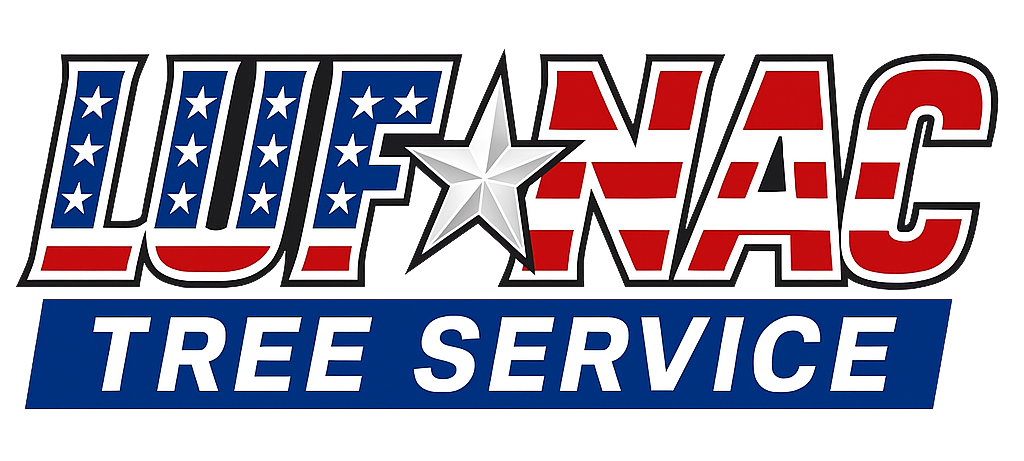Diboll Resident's Guide to Emergency Tree Removal
Emergency tree removal in Diboll becomes necessary when trees pose immediate threats to people or property. Storm damage, sudden structural failure, or disease can create dangerous situations that require quick professional response. Understanding when to call for emergency service and what to expect helps you protect your home and family during tree-related crises.
When does a tree situation become an emergency?
A tree emergency exists when there's immediate danger of property damage or injury. Trees leaning severely toward houses, branches hanging over roofs after storms, or trees that have partially fallen but remain suspended are all urgent situations. Any tree touching power lines also requires immediate professional attention, though you should call your utility company first in these cases.
Major trunk splits or cracks wider than your hand indicate structural failure that could lead to sudden collapse. If you can see through a crack in the trunk or notice the tree leaning more than usual, especially after high winds or heavy rain, don't wait to get help. These conditions can worsen rapidly.
Root damage from construction, erosion, or storms can compromise a tree's stability without obvious above-ground signs. If you notice soil heaving around the tree base, exposed roots, or the tree rocking in the wind, the situation may be more serious than it appears. Professional assessment can determine if immediate removal is necessary.
What should I do while waiting for emergency tree service?
Your first priority is safety. Keep everyone away from the affected area, including pets. If the tree threatens your home, consider moving to a safer part of the house or staying elsewhere until professionals arrive. Never try to remove or trim dangerous trees yourself, as the situation can deteriorate quickly.
Document the situation with photos from a safe distance. This helps with insurance claims and gives the tree service company information about what they'll encounter. Take pictures from multiple angles showing the tree's position, any damage to structures, and the surrounding area.
If the tree has damaged your roof or broken windows, do what you can to prevent further damage without putting yourself at risk. Placing tarps over exposed areas can help, but only if you can do so safely from inside the house. Professional emergency tree removal services in Diboll understand these situations often require immediate response to prevent additional problems.
How quickly can emergency tree service respond?
Response times depend on several factors including weather conditions, time of day, and how many other emergencies the company is handling. Reputable tree services prioritize true emergencies and often respond within hours. During major storm events when many properties are affected, response may take longer as companies work through multiple urgent situations.
When you call for emergency service, be prepared to describe the situation clearly. Explain what happened, how the tree is positioned, what structures or utilities are threatened, and whether anyone is in immediate danger. This information helps the company determine response priority and prepare appropriate equipment.
Some tree services offer different response levels for varying emergency situations. Life-threatening scenarios typically receive the fastest response, while trees that are dangerous but not immediately threatening structures may be stabilized initially with full removal scheduled for the next available time slot.
Diboll's geography and its impact on tree emergencies
Diboll's location in the East Texas Piney Woods means we have abundant mature trees, particularly loblolly pines and hardwoods like oak and sweetgum. These large trees provide great shade and beauty, but they also present unique challenges during severe weather. The same forests that define our community can become hazardous during hurricanes, ice storms, or high winds.
The sandy loam soil common throughout Angelina County provides good drainage but doesn't always offer the strongest anchoring for large trees. During extended wet periods, the soil becomes saturated and tree roots lose their grip more easily. This is why you'll often see trees topple during or shortly after heavy rain events, even without particularly strong winds.
Our area's exposure to Gulf weather systems means we experience everything from tropical storms to occasional ice events. These weather patterns can strike quickly, giving little warning. Trees already weakened by disease, previous storm damage, or root problems are especially vulnerable. Having access to reliable tree cleanup services in Diboll helps homeowners address storm damage before it creates bigger problems.
The community's mix of older residential areas with mature trees and newer developments presents different challenges. Established neighborhoods benefit from tree canopy but face aging trees that may not have received regular maintenance. Understanding your trees' condition before emergencies occur helps you prepare for potential problems.
Moving forward after an emergency tree situation
Once immediate danger is addressed, consider having remaining trees on your property assessed. Trees near the one that failed may have similar issues. Professional tree services can evaluate your property's other trees and recommend preventive care that reduces future emergency situations.
If you face a tree emergency in Diboll, Luf-Nac Tree Service provides professional response to protect your property and restore safety. We understand the stress these situations create and work efficiently to resolve dangerous tree problems. Call us at (936) 208-9706 when you need emergency tree removal or want to discuss preventive care for your property's trees.

